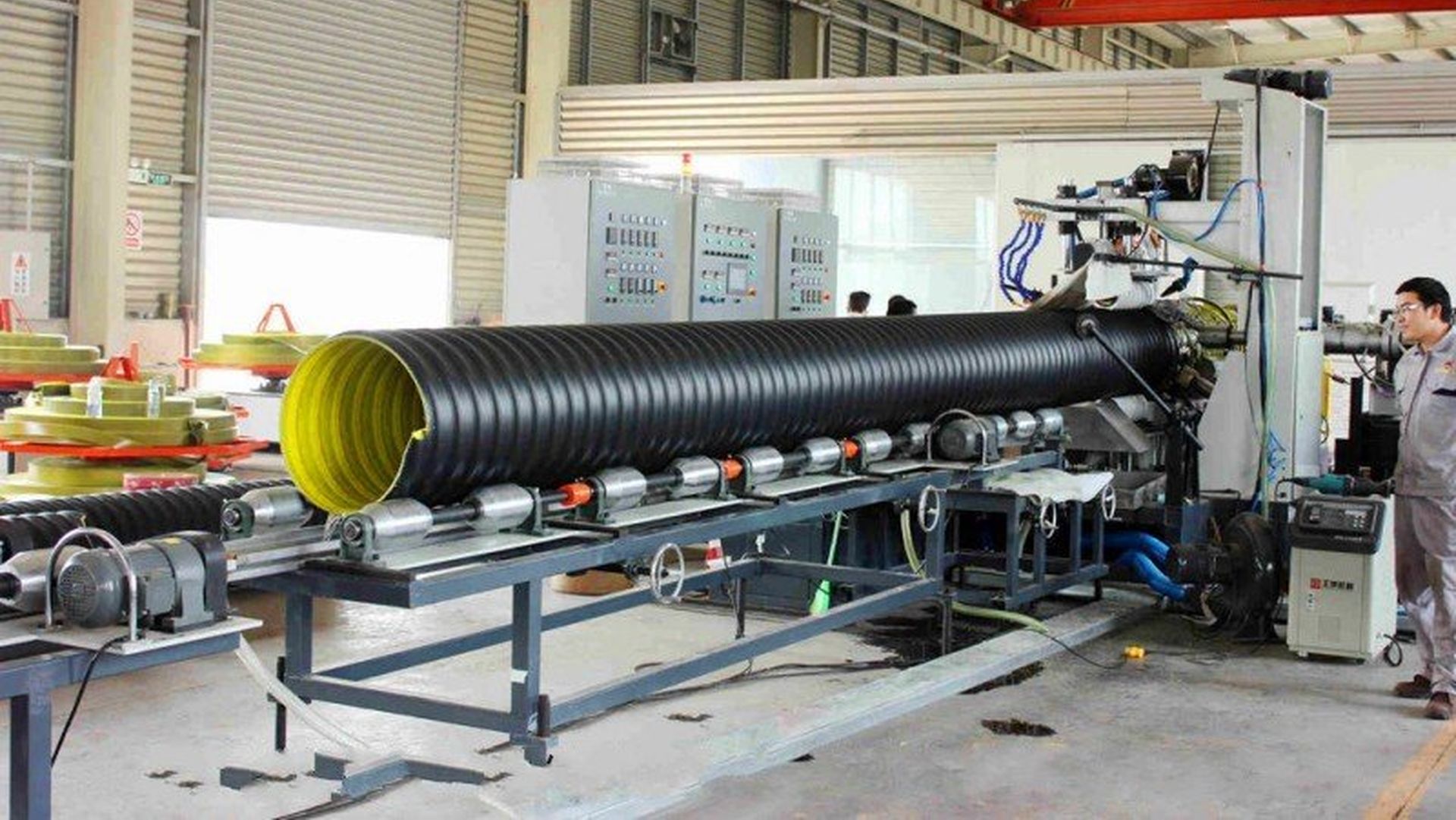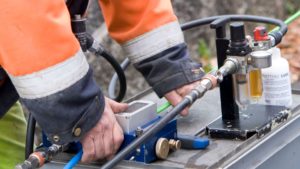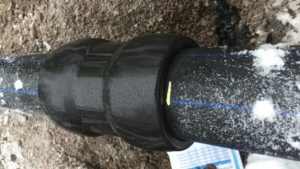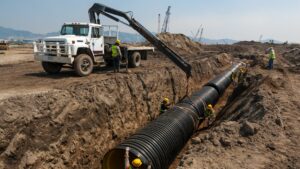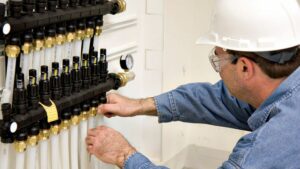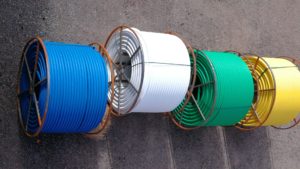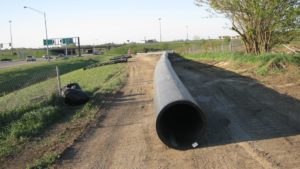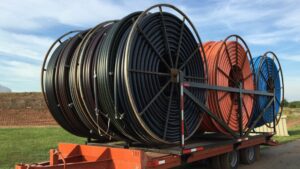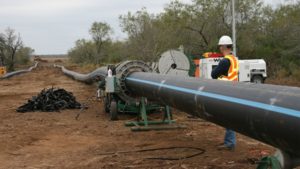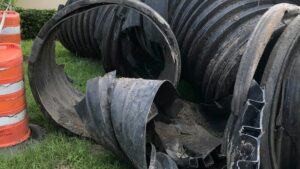A number of important performance advantages accounts for the widespread adoption of PE piping for so many pressure and nonpressure applications.
A major one is PE’s virtual freedom from attack by soils, and by ambient water and moisture. PE, being a non-conductor of electricity, is immune to the electrochemical based corrosion process that is induced by electrolytes such as salts, acids and bases.
In addition, PE piping is not vulnerable to biological attack, and its smooth, non-stick inner surface results in low friction factors and exceptional resistance to fouling. Another unique performance advantage is the flexibility of PE pipe.
It allows for changes in direction with minimal use of fittings, facilitates installation, and makes it possible for piping up to about 6-inches in diameter to be offered in coils of longer lengths.
A further one is strainability, a term denoting a capacity for high deformation without fracture. In response to earth loading a buried PE pipe can safely deflect and thereby gain additional and substantial support from the surrounding soil.
So much so, that a properly installed PE pipe is capable of supporting earth fills and surface live loads that would fracture pipes that, although much stronger, can crack and fail at low strains. And, as proven by actual experience, PE pipe’s high strainabilty makes it very resistive to seismic effects.
PE Plastics
Plastics are solid materials that contain one or more polymeric substances which can be shaped by flow. Polymers, the basic ingredient of plastics, compose a broad class of materials that include natural and synthetic polymers. Nearly all plastics are made from the latter. In commercial practice, polymers are frequently designated as resins.
For example, a PE pipe compound consists of PE resin combined with colorants, stabilizers, anti-oxidants or other ingredients required to protect and enhance properties during fabrication and service. Plastics are divided into two basic groups, thermoplastics and thermosets, both of which are used to produce plastic pipe.
Thermoplastics include compositions of PE, polypropylene, and polyvinyl chloride (PVC). These can be re-melted upon the application of heat. The solid state of thermoplastics is the result of physical forces that immobilize polymer chains and prevent them from slipping past each other. When heat is applied, these forces weaken and allow the material to soften or melt.
Upon cooling, the molecular chains stop slipping and are held firmly against each other in the solid state. Thermoplastics can be shaped during the molten phase of the resin and therefore can be extruded or molded into a variety of shapes, such as pipe, pipe fittings, flanges or valves.
Thermoset plastics are similar to thermoplastics prior to “curing,” a chemical reaction by which polymer chains are chemically bonded to each other by new cross-links.
The curing is usually done during or right after the shaping of the final product. Cross-linking is the random bonding of molecules to each other to form a giant threedimensional network. Thermoset resins form a permanent insoluble and infusible shape after the application of heat or a curing agent. They cannot be re-melted after they have been shaped and cured.
This is the main difference between thermosets and thermoplastics. As heat is applied to a thermoset part, degradation occurs at a temperature lower than the melting point. The properties of thermosetting resins make it possible to combine these materials with reinforcements to form strong composites.
Fiberglass is the most popular reinforcement, and fiberglass-reinforced pipe (FRP) is the most common form of thermoset-type pipe. Read Full PDF

